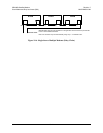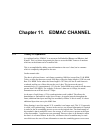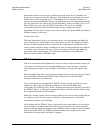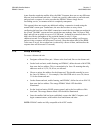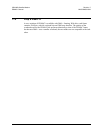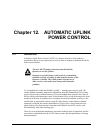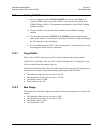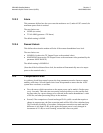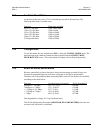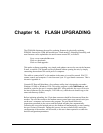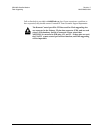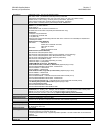
CDM-600 Satellite Modem Revision 7
Automatic Uplink Power Control (AUPC) MN/CDM600.IOM
12–3
12.2.3 Alarm
This parameter defines how the user wants the modem to act if, under AUPC control, the
maximum power limit is reached.
The two choices are:
• NONE (no action)
• TX ALARM (generate a TX alarm)
The default setting is NONE.
12.2.4 Demod Unlock
This defines the action the modem will take if the remote demodulator loses lock.
The two choices are:
• NOMINAL (reduce the TX Output Power to the nominal value)
• MAXIMUM (increase the TX Output Power to the maximum value permitted by the
parameter MAX RANGE)
The default setting is NOMINAL.
(Note that if the local demod loses lock, the modem will automatically move its output
power to the nominal value.)
12.3 Compensation Rate
As with any closed-loop control system, the loop parameters must be chosen to ensure
stability at all times. Several features have been incorporated to ensure that the AUPC
system does overshoot, or oscillate.
• First, the rate at which corrections to the output power can be made is fixed at once
every 4 seconds. This takes into account the round trip delay over the satellite link,
the time taken for a power change to be reflected in the remote demodulator’s value
of Eb/No, and other processing delays in the modems.
• Second, if the comparison of actual and target Eb/No yields a result that requires a
change in output power, the first correction made will be 80% of the calculated step.
This avoids the possibility of overshoot. Subsequent corrections are made until the
difference is less than 0.5 dB. At this point, the output power is only changed in
increments of 0.1 dB, to avoid ‘hunting’ around the correct set point.



